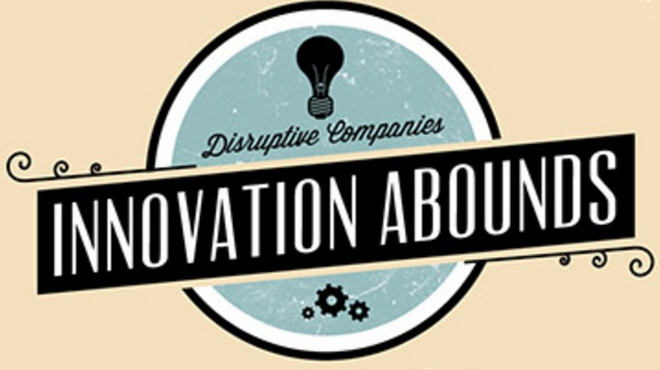
Several days ago, I sat down with Stéphane Coumau, a longtime friend and a former managing director of a Fortune 500 consumer’s goods companies. Among the many subjects we touched upon was the challenge of managing innovation. Innovation is hard to realize because…
- Investors reward short-term benefits
- Leaders manage for operational excellence
- Middle-managers are sometimes reluctant to change in many companies
I/ Innovation-based CEO compensation requires to define the different kinds of innovations

Thus, Stéphane Coumau asked the following question: what if Chief Executive Officer (CEO) compensation was innovation-based? What if CEOs were paid according to their ability to innovate?
Among the many challenges that await any Chief Innovation Officer’s (CIO) is the ability to engage the CEO in innovation, according to a recent survey on LinkedIn. Making innovation a component of CEO compensation would address the challenge.
But, innovation-based compensation poses of broader question that goes directly to how we measure financial performance. Recently, Clayton Christensen, an innovation professor at Harvard business school, mentioned that the entire economies can be divided into three broad innovation categories. These include:
- Disruptive innovation
- Efficiency innovations
- Sustaining innovations
Each of these terms are widely used by anybody involved in innovation and by Clayton Christensen himself. But, these very specific terms take on a very specific meaning in the context of this post.

Courtesy of Charlie White
II/ Disruptive innovation creates jobs but offers lackluster investment prospects

Disruptive innovation is defined as innovations that make a specific product accessible to a wide range of people. For example:
- Canon with its inkjet copy machines made printing and copying much more accessible
- The personal computer (PC) made computing much more accessible
- TurboScan, an application on the iPhone’s, has made scanning a document much more accessible than it was previously: consumers don’t need a scanner to scan. All they need is a Smartphone and an App
So that’s the first kind of innovation: disruptive innovation. It’s characterized by making a product much more accessible. Because you need to hire new people to produce the disruptive innovation and distributed it, disruptive innovation creates jobs. However, disruptive innovation is very often capital intensive and offers medium-term Return On Investment (ROI). For example:
- Canon’s inkjet printer became profitable after 3 or 4 years
- IBM’s PC was equally profitable in 3 to 4 years
Because disruptive innovation requires a change in the way consumers use products, they typically require some time before they generate returns.
III/ Efficiency innovation offer great investment prospects but they destroy jobs

The second type of innovation is efficiency innovations. Efficiency innovation transform products that people already have access to and make them even more affordable. The classic example of efficiency innovations is Wal-Mart. For example, Wal-Mart offers much more choice than any other store. But at the same time, when Wal-Mart comes in a community, other smaller stores close down. In other words, efficiency innovations can be detrimental to job creation. However, at the same time, efficiency innovations offer low risk and higher financial returns. As a consequence, financial analysts tend to invest massively in efficiency innovation because of quick ROI combined with low risk.
Next week, I’ll talk about sustaining innovation and its impact on job creation. I’ll also show how the way we measure financial performance leads investors to choose efficiency innovation over other kinds of innovation. And then, I’ll tie everything back to innovation-based CEO compensation.
In the meantime, please share your thoughts: what if CEO were compensated based on their ability to manage for innovation?
Further readings
- For an interview of Clayton Christensen at Davos discussing the different types of innovation, please refer here
- For a presentation on how to measure Return On Innovation Investment (ROII), please refer to Scott Anthony’s post, here
[…] What if CEO compensation was based on innovation performance? The Innovation and Strategy Blog […]